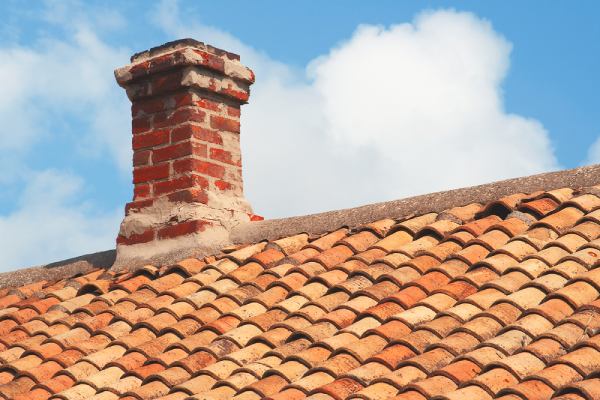If your home is feeling cold and you have a PIV (Positive Input Ventilation) unit installed, it’s possible that the unit may be causing the issue. Here are a few things to check:
- Check the settings on your PIV unit. Make sure that the unit is set to the correct setting for your home. Some units have different settings for summer and winter. Check that the setting is appropriate for the current season.
- Check that the PIV unit is working correctly. If the unit isn’t working properly, it may not be providing the necessary ventilation to your home. Check that the unit is switched on and that the filters are clean.
- Check for draughts. If your home is feeling cold, it’s possible that there are draughts coming in from outside. Check that windows and doors are properly sealed and that there are no gaps around them.
- Check the insulation in your home. If your home is poorly insulated, it can feel cold even if the heating is on. Check that your loft insulation is adequate and that your walls are properly insulated.
If you’ve checked all of these things and your home is still feeling cold, it may be worth contacting a heating engineer or a ventilation specialist to check that your PIV unit is working correctly and that your home is properly insulated.
Why is my PIV system making my house cold?
A homeowner in the UK has a Positive Input Ventilation (PIV) system installed in their house, which has been making the house cold and causing them to use more heating. They are considering turning off the PIV system to save on energy costs but want to know if this is a good idea or if there are other solutions. The community suggests reviewing the PIV setup, adjusting the flow rate, checking for damp issues, and considering replacing the PIV with a mechanical ventilation heat recovery (MVHR) unit.
Possible Solutions:
- Review the PIV setup: The homeowner should check the PIV system’s speed and make sure it is set to the correct ventilation rate. They should also ensure that the rest of the house is relatively leak-proof to avoid any additional cold air coming in from outside.
- Adjust the flow rate: The homeowner could try turning down the PIV flow rate and monitoring the moisture levels and condensation. If they notice any issues, they can increase the flow rate slightly to find the optimal setting.
- Check for damp issues: If there are any damp issues in the house, they may have caused the PIV system to be installed in the first place. The homeowner should check for any signs of damp and address them before deciding to turn off the PIV system.
- Replace the PIV with an MVHR unit: The homeowner could consider replacing the PIV system with a mechanical ventilation heat recovery (MVHR) unit. These units take humid air out and bring dry air in while also recovering heat from the outgoing air. While they are not perfect, they are better than just pumping cold air into the house.
What else can be done?
Some additional steps that can be taken to address the issue of a PIV unit making a house cold in the UK include:
- Check for leaks: Inspect the house for any areas where air might be leaking in, such as around doors and windows, and seal them up to prevent cold air from entering the house.
- Use insulation: Insulating the attic and walls of the house can help to retain heat and prevent cold air from entering the house, which can reduce the need for heating and make the house more comfortable.
- Consider alternative ventilation options: If the PIV unit is not working for the house, consider other ventilation options such as trickle vents or passive vents, which can provide ventilation without circulating cold air throughout the house.
It is also important to regularly maintain and clean the PIV unit to ensure that it is functioning properly and efficiently.
Last update on 2025-02-28 / Affiliate links / Images from Amazon Product Advertising API










